Jamali Kamali – Mehrauli Archeological Park
“Cast your eyes upon Jamali with kindness and do not look at his idleness and shortcoming” – Hamid bin Fazlullah (a 16th century Sufi poet, better known by his pseudonym Jamali)
With over three hundred (listed) heritage structures of archaeological and historical significance and many more yet to be uncovered, the architectural legacy of Mehrauli Archaeological Park is undoubtedly diverse. Once the thriving capital of the Tomar, Chauhan and Mamluk dynasties, today the park houses various monuments ranging from the Sultanate period to that of British era, scattered over 100 acres of green expanse.
The true arch found in the tomb of Ghiyas-ud-din Balban is significant because it is the first chapter in the evolution of the Indo-Islamic style of architecture in India. Gandhak ki Baolī and Rājon ki Baolī built by Sultan Iltutmish and Daulat Khan (during the reign of Sikander Lodhi) respectively, give us an insight into the innovative water harvesting techniques used in the city. The name Rajon ki Baolī is apparently derived from the use of the stepwell (baolī) by masons (raj) for some time. Built in 1516, it is a three-storeyed stepwell that consists of three long flights of broad steps leading down to the water.
Judging by the compact cells (used as rooms) which line the walls, the stepwell was obviously meant to serve not just as a source of clean water, but also as a rest house for weary travelers. In addition, there is a small and pretty mosque decorated with finely incised plasterwork and a tiny tomb in the form of a chhatrī (a domed pavilion) which was built possibly by Daulat Khan. Gandhak ki Baolī is a rock cut stepwell, about four to five levels deep in the ground. It is so named because the stepwell’s water supposedly contained gandhak or sulphur, a mineral known for its medicinal properties
Built around 1528-29, the tomb and mosque of Jamali bears resemblance to the mosques constructed under the Lodis. Sheikh Jamali is the pseudonym of merchant turned Sufi saint Hamid bin Fazlullah who began his career under Sikandar Lodi and flourished under the patronage of Mughal rulers Babur and Humayun. He himself built this mosque, which is composed of red sandstone and sparsely but very delicately ornamented with white marble and grey quartzite highlights.
The tomb of Muhammad Quli Khan (Akbar’s foster brother) is a 17th century architectural landmark. This domed octagonal structure speaks volumes of the grandeur of the Mughals. When this stretch of land came under the British and Thomas Metcalfe was appointed as an official of the English East India Company; to act as an intermediary between the Company’s government and the last Mughal Emperor Bahadur Shah Zafar, he converted the entire stretch of land into a summer retreat by the name of Dilkusha (heart’s delight). He not only built several new structures but also altered the characteristics of existing monuments. Therefore, the retreat was located inside Quli Khan’s tomb, while a Mughal building known as dovecote was modified and utilized as a boathouse. Also noteworthy are the chhatrīs (domed pavilions), gardens and a bridge or carriageway below which lay an artificial lake.
There’s no better location to gain a comprehensive understanding of Delhi’s tumultuous history. Join us and we’ll walk you through the beginnings of this historic city @indiacitywalks @delhiwalks


































